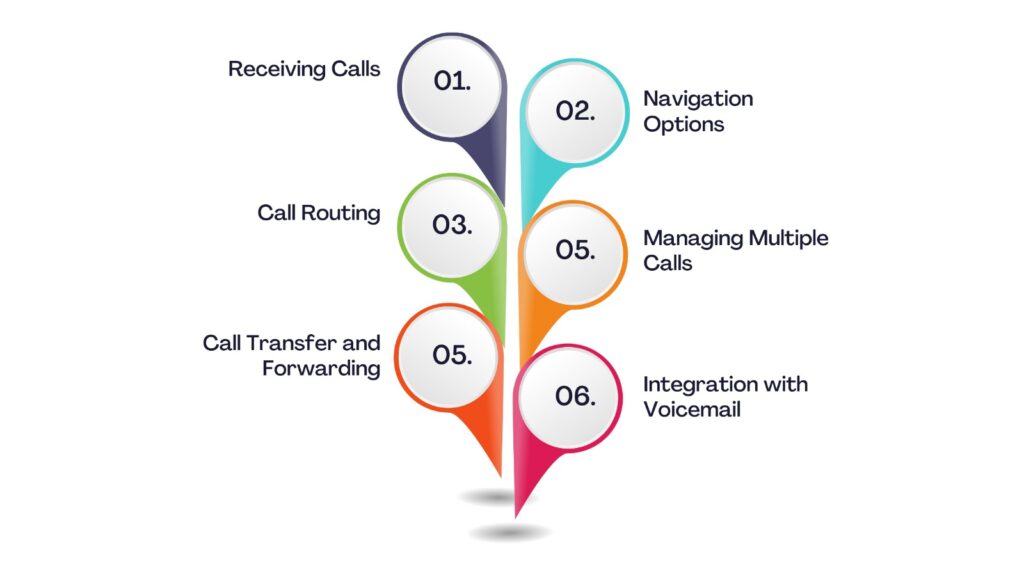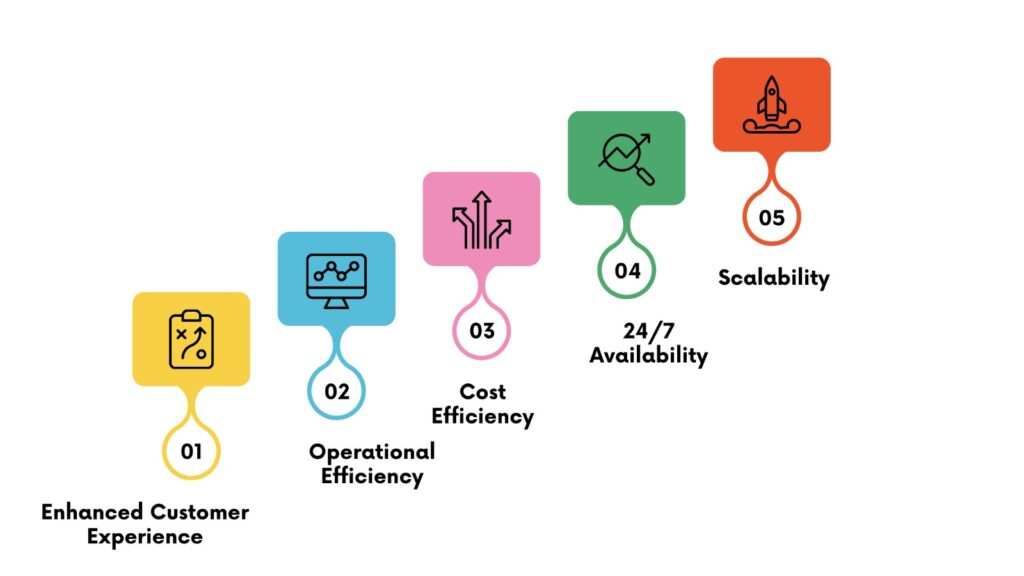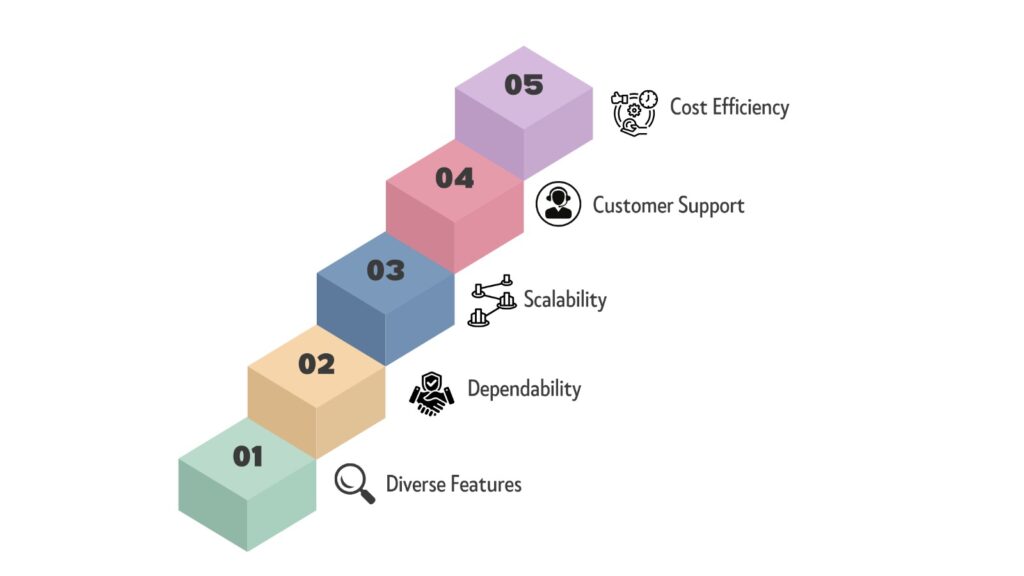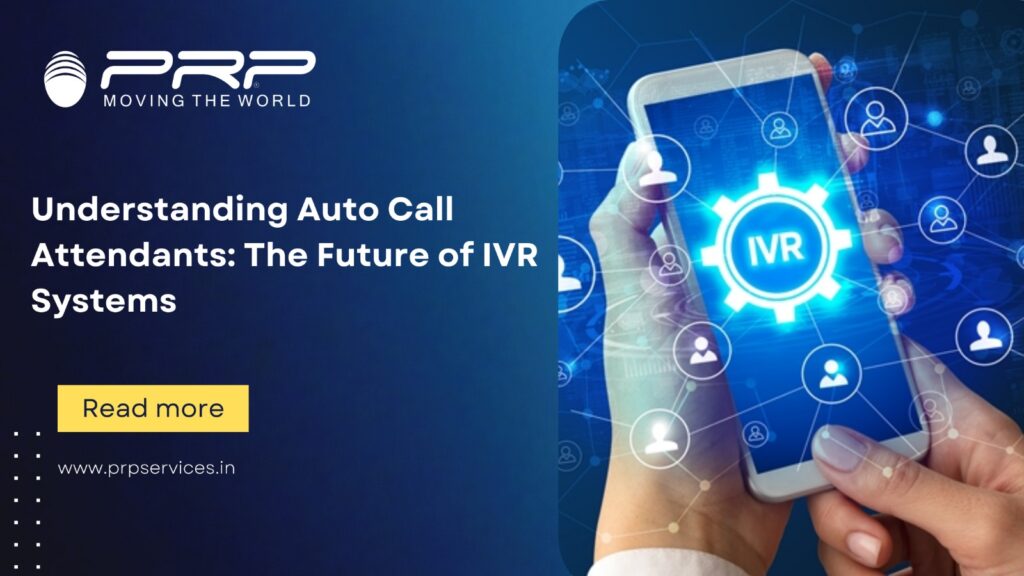In today’s fast-paced business environment, efficiency and customer satisfaction are high-priority. One key technology that transforms how businesses handle customer interactions is the Auto Call Attendant. Integrated into Interactive Voice Response (IVR) systems, an Auto Call Attendant serves as a virtual receptionist, greeting callers with recorded messages and providing them with options to navigate different departments or services without human involvement.
What exactly is an Auto-call Attendant?
An Auto-call Attendant system is integrated into IVR (Interactive Voice Response) services to handle and guide calls. It welcomes callers with recorded messages and offers them choices to navigate different departments or services without human involvement.
Is the Auto Call Attendant a Feature or the Future of IVR?
The Auto call Attendant is a feature in IVR systems that plays a vital role in effective business communication. Its advanced capabilities and increasing significance indicate its trajectory toward becoming a cornerstone of business telephony.
How Does the Auto Call Attendant Operate?

- Receiving Calls: In the initial interaction with a caller, the Auto-call Attendant provides a recorded message to greet the caller. This ensures an effective communication tone.
- Navigation Options: Callers are presented with menu options (“Press 1 for Sales, Press 2 for Support”), which can be customized depending on the company’s structure and customer service needs.
- Call Routing: A caller’s selection determines whether a call will be directed to a department, extension, or voicemail. The route mechanism can vary from straightforward to difficult.
- Managing Multiple Calls: When there is a high volume of calls, the Auto Call Attendant will handle them simultaneously, ensuring that each caller gets a response.
- Call Transfer and Forwarding: A telephone number or mobile phone can be used to transfer calls, ensuring that calls are handled even when the intended recipient is not at work.
- Integration with Voicemail: Callers who do not reach their intended recipient may be guided to leave a voicemail message, which can later be accessed by the department or individual.
Benefits for Businesses

- Enhanced Customer Experience: Ensures callers are greeted promptly and directed to the appropriate department without delays.
- Operational Efficiency: Reduces reliance on a receptionist, allowing human resources to focus on tasks.
- Cost Efficiency: Minimizes expenses associated with call handling.
- 24/7 Availability: Offers service, enabling customers to receive support anytime.
- Scalability: Easily adapts to accommodate growing call volumes as the business expands.
Auto call Attendant as an IVR Functionality
The Auto call Attendant plays a role in IVR services by providing automated call management and routing features. It enhances the efficiency and effectiveness of business communication systems.
The cost and features included in IVR services
Usually, Auto-call Attendant functionalities are part of IVR service bundles. The pricing can differ depending on how complex the system is and the requirements of the business. PRP Services offers packages that feature Auto call Attendant capabilities:
Mobile Number Package: Monthly Fee- ₹3,750
Toll-Free Helpline Package: Monthly Fee- ₹2,499
Reasons to opt for PRP Services for IVR Solutions

- Diverse Features: PRP Services offers various features, like Auto call Attendant, call recording, and analytics.
- Dependability: Ensures a dependable service with minimal downtime.
- Scalability: Can easily adjust to your business growth and changing needs.
- Customer Support: Provides excellent customer assistance for setup, customization, and upkeep.
- Cost Efficiency: Offers prices while maintaining quality.
Use case of Auto call Attendant
Situation: An e-commerce company receives numerous customer calls for reasons like placing orders, tracking shipments, or handling returns.
Resolution: The company integrates an Auto call Attendant into its IVR system.
The automated greeting system welcomes callers with a message. You can place an order by pressing 1, track your shipment by pressing 2, and return or refund by pressing 3.
Benefit:
- This helps customers reach the department quickly, reducing wait times and boosting satisfaction. It allows the company’s team to focus on addressing concerns rather than manually handling call routing, ultimately increasing productivity.
- Utilizing the Auto Call Attendant feature enables businesses to greatly improve customer service efficiency and deliver a communication experience for their client.
Frequently Asked Question (FAQs)
Auto Call Attendants are particularly beneficial for businesses with high call volumes or those that require efficient call management. This includes e-commerce companies, customer service centers, and any organization that needs to route calls to different departments or services quickly and effectively.
The Auto Call Attendant can be highly customized to fit various business needs. You can tailor the recorded greetings, menu options, and call routing settings to match your organizational structure and customer service requirements, ensuring a personalized experience for callers.
When implementing an Auto Call Attendant system, businesses should consider factors such as the complexity of their call routing needs, the volume of calls they handle, and the specific features they require. Additionally, evaluating the system’s integration with existing IVR services and ensuring it aligns with business goals is crucial.
Effectiveness can be measured through various metrics, including call handling time, caller satisfaction, and the reduction in call abandonment rates. Analyzing these metrics can help businesses assess whether the Auto Call Attendant is improving customer interactions and operational efficiency.
Common challenges include ensuring that the recorded messages are clear and engaging, avoiding overly complex menu options that might frustrate callers, and integrating the system with existing technology. Regular updates and maintenance are also necessary to keep the system functioning smoothly and adapting to changing business needs.
Conclusion
The Auto Call Attendant emerges as a powerful tool for modern communication. By integrating seamlessly into IVR systems, it acts as a virtual receptionist, managing and directing calls with precision and ease. This not only enhances the customer experience by providing prompt and accurate call routing but also streamlines business operations, reduces costs, and supports 24/7 availability. As businesses continue to grow and evolve, the role of the Auto Call Attendant is becoming increasingly important. Its ability to handle high call volumes, provide customizable options, and integrate with existing technologies makes it an invaluable asset for companies looking to improve their communication systems.

